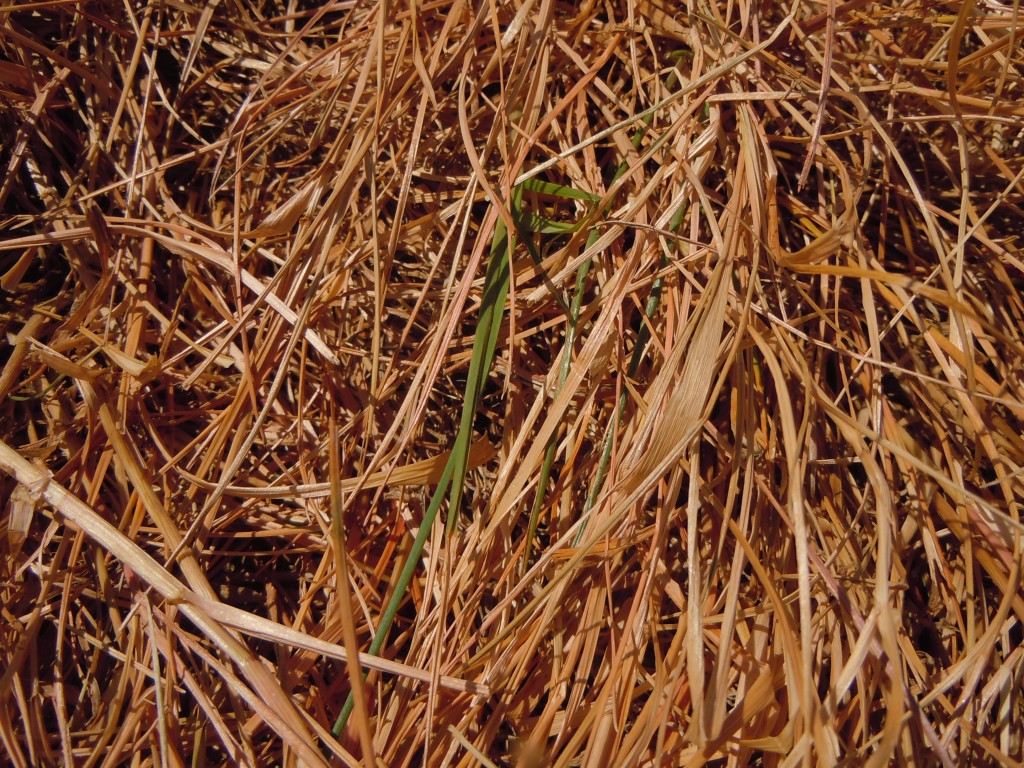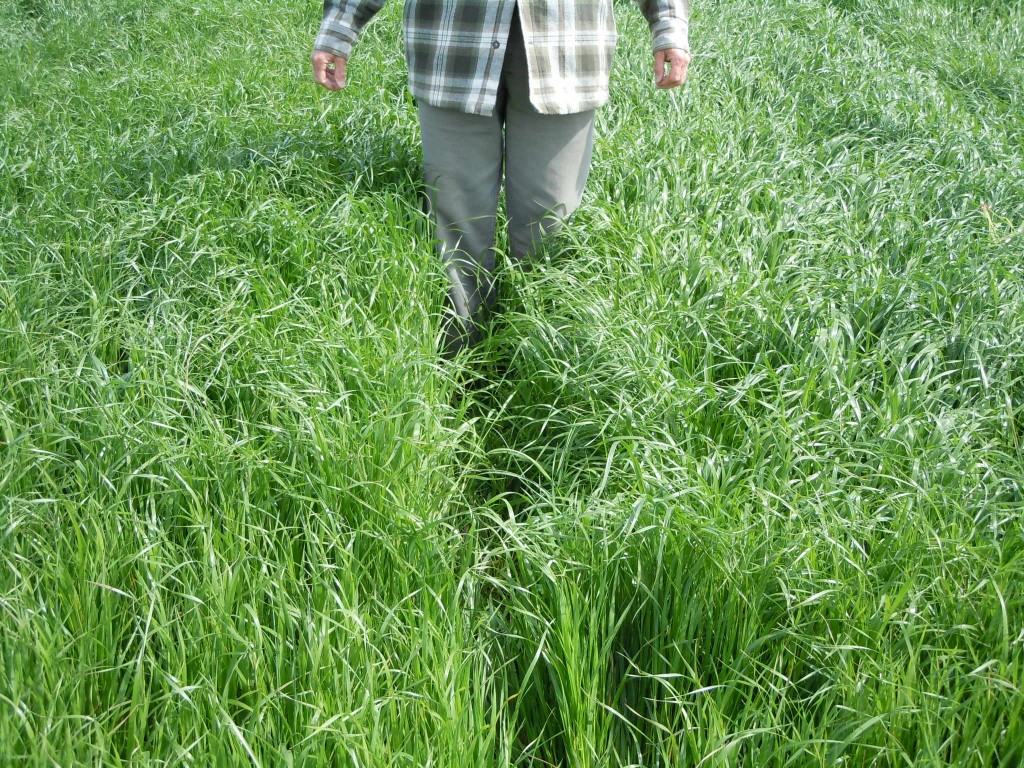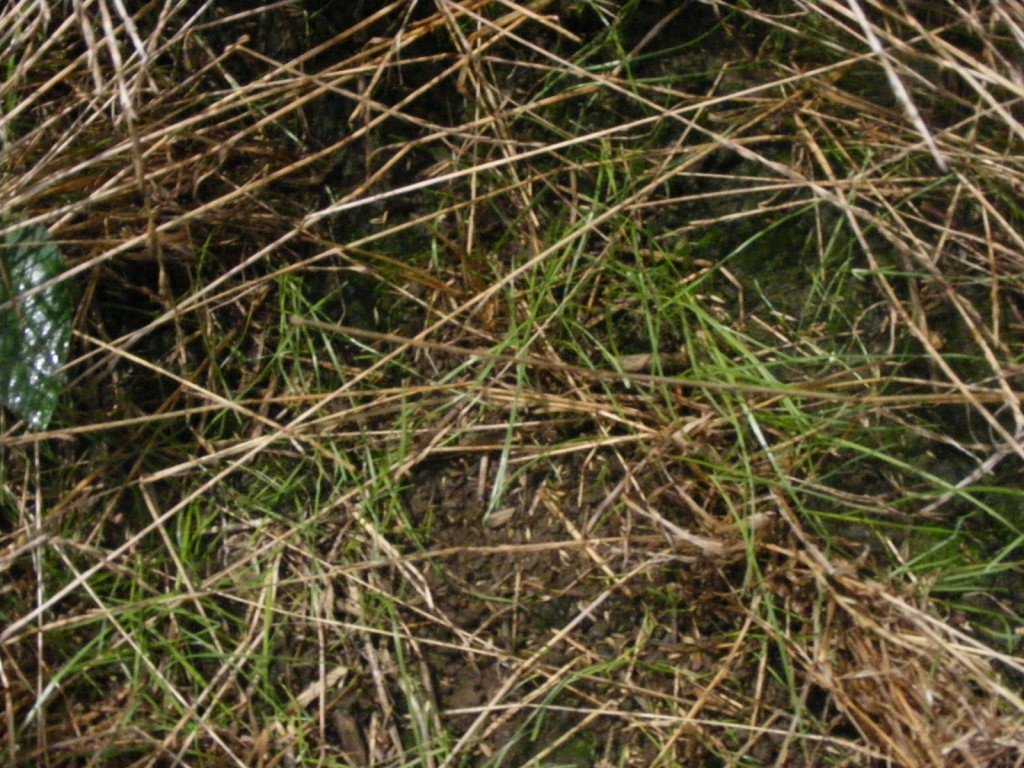Killing Cover Crop Annual Ryegrass – How Are We Doing?
Over the winter of 2011-12 I did nearly 55 cover crop meetings across the Midwest. And one of the “hottest” topics was how to kill annual ryegrass in the spring. This topic is almost like the Tim Tebow of the cover crop world. Some have no problems managing it and some hate it (cannot get […]
Killing Cover Crop Annual Ryegrass – How Are We Doing? Read More »


